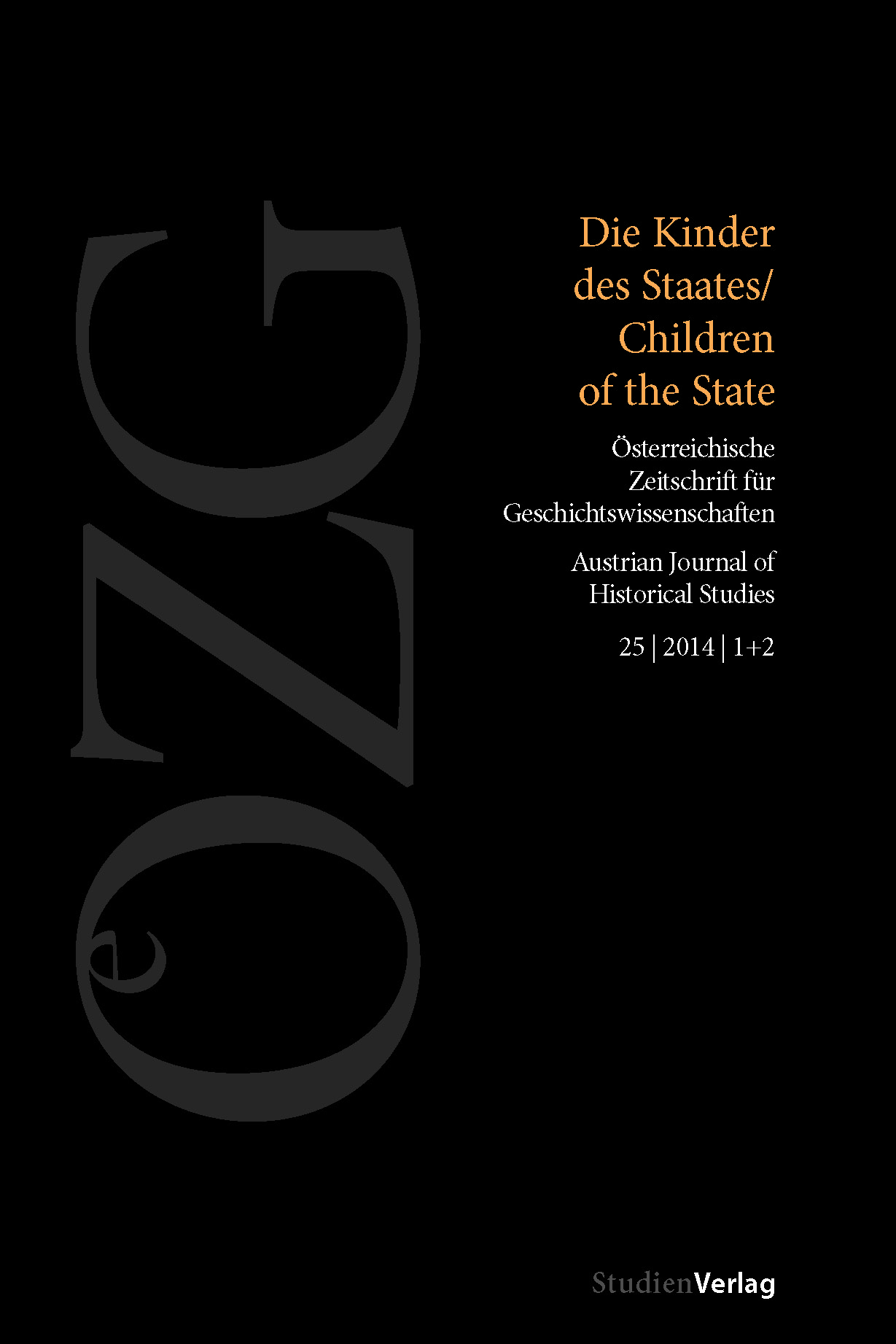In foreign homes
The placement of Viennese foster children in small peasant economies (1955–1970)
DOI:
https://doi.org/10.25365/oezg-2014-25-1-11Keywords:
Vienna Youth Welfare, foster children, Viennese Children Admittance Center, sexual abuse, physical violence, structural violence, exploitation, small peasant economyAbstract
From the early 1950s to the 1970s the Viennese Youth Welfare took thousands of children out of their families of origin and placed them in foster families, mainly small peasant economies in a southern district of Burgenland and in a district of south-east Styria. Based on biographical narrative interviews and on written sources of the Viennese Youth Welfare it is investigated how foster children were kept and treated. The decision of the Viennese City Council to take them away from their parents is interpreted as a reaction on obviously poor practises of parental care and violence inside the families of origin. In the foster families, however, most of the foster children experienced living and working conditions not at all better, even worse. Experiences of discrimination and stigmatisation, social and sexual violence and hard labour left indelible marks on their lifes. The authors close by discussing the question of responsibility. First it is placed on the foster parents themselves, which had very poor living and cultural standards and tended to exploit foster children; second responsibility is placed on the Viennese Children Admittance Center (KÜST) who did not care for higher standards; third, it is placed to the local district system of youth welfare which failed in its duty to control the local circumstances, in which Viennese foster children were kept for many years.


